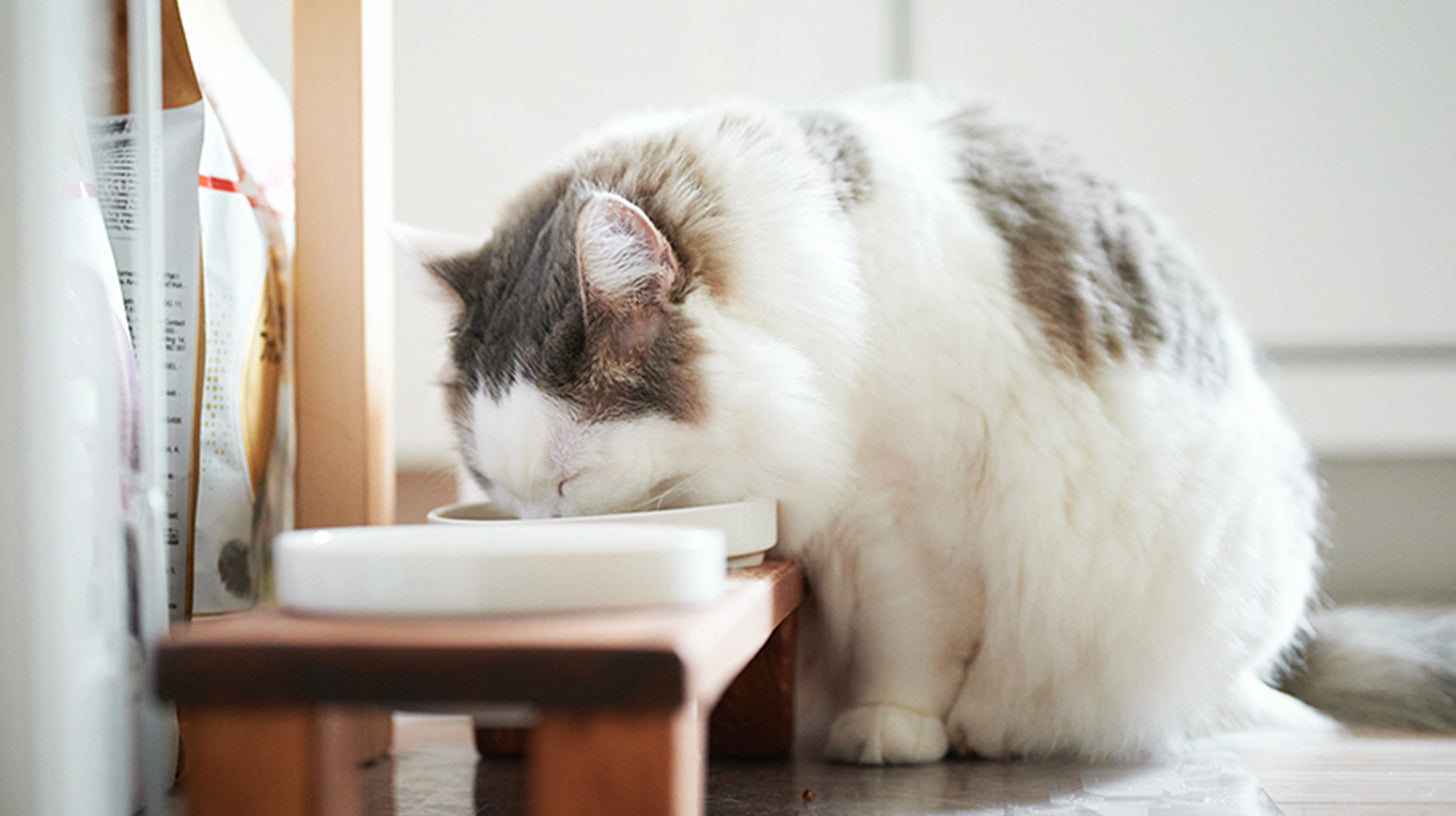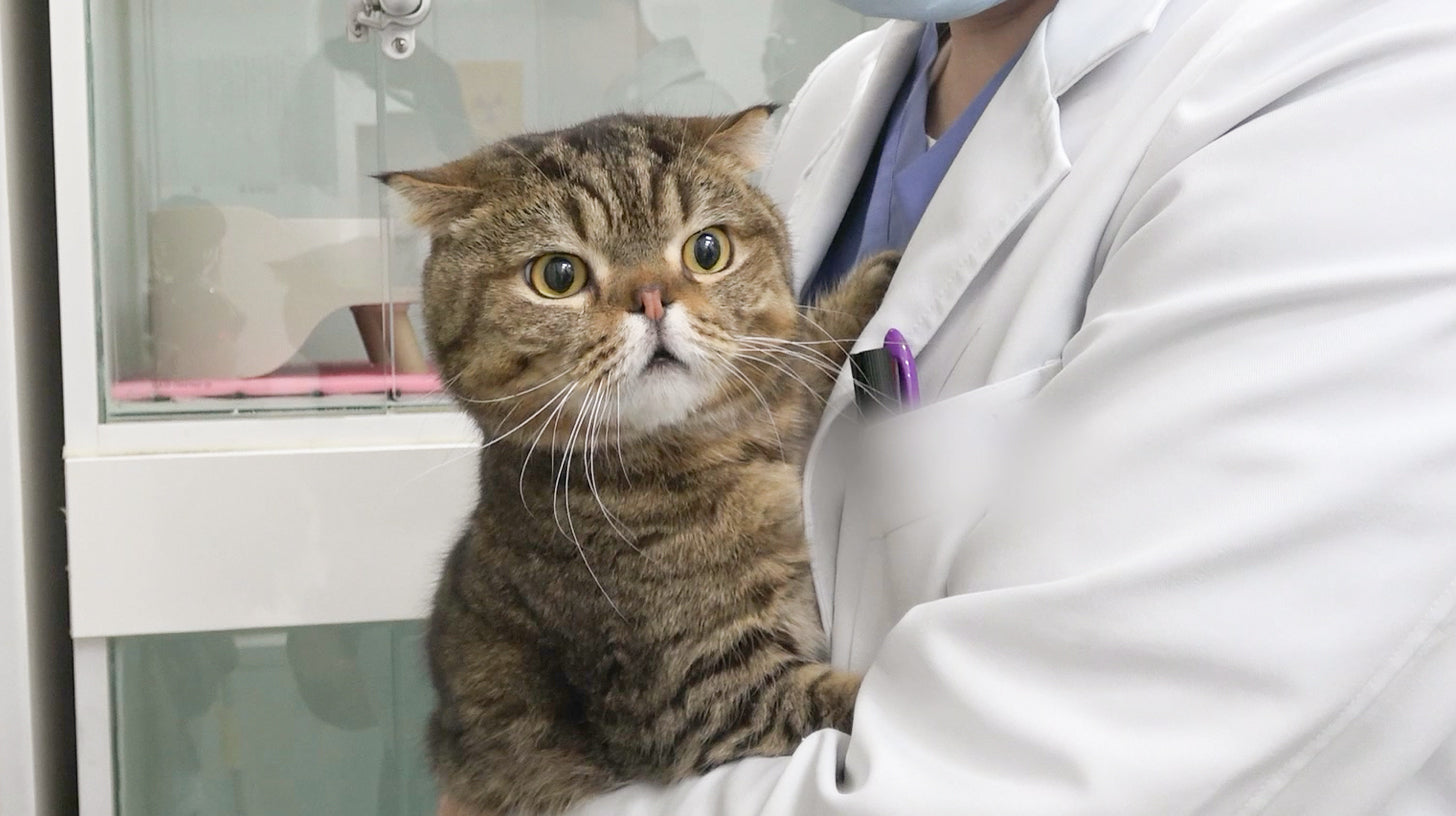AIM-Based Stage 2 Kidney Care
"If the numbers are starting to rise, this is your turning point."
According to IRIS guidelines, Stage 2 indicates up to 67% loss of kidney function.
Creatinine and SDMA levels begin to rise, and even without visible symptoms, your cat's waste-clearing ability is already severely impaired.
Stage 2 is the critical moment to shift the direction of kidney care.
There’s still time to act, but without proper intervention, progression to Stage 3 can occur in just a matter of days.
Our analysis of over 10,000 real-world CKD cases shows that cats whose care strategies were upgraded at Stage 2 were more likely to maintain stability, appetite, and energy.
This is no longer the time for minor adjustments, it’s time for a full transition to a renal-focused routine.
※ Important Note: If your cat’s creatinine level is 2.5 mg/dL or higher and appetite is significantly reduced, clinical data suggests that following a Stage 3 care routine often leads to better outcomes than continuing with Stage 2 strategies.
Supplements – Now It’s About the Right Combination
In Stage 2, a single supplement is no longer enough.
You must support multiple functions simultaneously—including cellular energy metabolism, waste elimination, inflammation control, and gut-derived toxins.
✔ Dr. Toru Protocol (AIM-based)
- Supports the AIM protein, which activates the kidney’s natural waste-clearing system
- AIM dysfunction is well-documented as a key driver of feline CKD progression
✔ Intensive Protocol (AMPK-based)
- Boosts cellular energy metabolism
- Reduces oxidative stress and helps preserve kidney cell function
✔ Probiotics Protocol (Kidney-targeted probiotics)
- Suppresses uremic toxins produced by harmful gut bacteria
- Helps manage both constipation and diarrhea
- Reduces systemic inflammation burden
-
Beispiel für Produkttitel
Normaler Preis US$19.99Normaler PreisStückpreis pro -
Beispiel für Produkttitel
Normaler Preis US$19.99Normaler PreisStückpreis pro -
Beispiel für Produkttitel
Normaler Preis US$19.99Normaler PreisStückpreis pro -
Beispiel für Produkttitel
Normaler Preis US$19.99Normaler PreisStückpreis pro
✔ Omega-3 (EPA/DHA)
- Provides anti-inflammatory benefits and improves renal blood flow
- Recommended daily dose: ~100mg EPA/DHA
※ Note: Greycoat Research does not sell Omega-3 directly. Trusted product links are available separately.
※ At Greycoat Research, we believe this 4-part combination is both comprehensive and sufficient.
Adding more supplements may place unnecessary strain on the liver and kidneys over time.
Please consult with an expert before considering additional products.
Diet Management – Now Is the Time to Transition to Renal Food
From Stage 2 onward, a diet that limits protein, phosphorus (P), and sodium becomes essential to reduce strain on the kidneys.
✔ Transition to renal-specific food:
- Choose veterinary prescription diets or functional renal products.
- Look for formulas with low phosphorus (P), low sodium, and controlled protein.
- Prioritize established, clinically backed brands like Royal Canin and Hill’s.
※ Important Note: If your cat shows resistance, gradually mix the new food with their current diet to ease the transition.
Hydration – Active Supplementation Becomes Essential
Starting in Stage 2, dehydration accelerates, and hydration becomes even more critical for supporting waste elimination.
At this stage, voluntary water intake alone may no longer be enough.
✔ Minimum daily intake: 40ml per kg (approx. 0.6 fl oz per lb)
- Example: A 4kg (8.8 lb) cat should receive at least 160ml (5.4 fl oz) of water per day
✔ Hydration Strategies
- Mix wet food with warm water (1:1 or 2:1 ratio)
- Combine lickable treats with water
‣ Example: 5ml lickable treat + 30ml water
‣ Gradually increase the water ratio and offer multiple times a day
- Subcutaneous fluids (if prescribed by your veterinarian) may be administered daily.
※ Inadequate hydration at this stage can accelerate kidney decline.
Use a combined approach—water-enriched meals, hydrating treats, and subcutaneous fluids—to ensure your cat stays properly hydrated.
Health Monitoring – Active Observation Is Crucial
Stage 2 is an unstable phase—rapid deterioration can occur at any time.
Regular monitoring is key to early detection and timely intervention.
✔ Weigh your cat once a week
- Always under the same conditions (e.g., before meals, same time of day)
- Sudden weight loss may indicate muscle loss or disease progression
✔ Track changes in appetite and energy
- Recurring loss of appetite or lethargy could signal progression to Stage 3 or the onset of Acute Kidney Injury (AKI)
- AKI can occur concurrently with CKD
✔ Monitor vomiting and hairball frequency
- More frequent vomiting or hairballs than usual may indicate astrointestinal stress
related to declining kidney function
✔ Vet check-ups every 1–6 months
- Blood tests: Creatinine, BUN, phosphorus (P), electrolytes, and more
- Ultrasound: To detect kidney stones and assess structural condition
Now Is the Time to Transform Your Cat’s Routine
For many cats, CKD is first diagnosed at Stage 2.
But this is when many guardians make a critical mistake:
“It still doesn’t seem that serious.”
In reality, Stage 2 is the most pivotal turning point.
From diet and supplement combinations to hydration strategies, this is the moment when a full shift in care must happen.
※ The right Stage 2 routine may differ depending on the speed of progression and presence of complications.
If your cat’s lab values are worsening or other conditions are present, we strongly recommend booking a consultation for a personalized care plan.
Effective CKD Management: Supplements and Beyond
-
Beispiel für Produkttitel
Normaler Preis US$19.99Normaler PreisStückpreis pro -
Beispiel für Produkttitel
Normaler Preis US$19.99Normaler PreisStückpreis pro -
Beispiel für Produkttitel
Normaler Preis US$19.99Normaler PreisStückpreis pro








